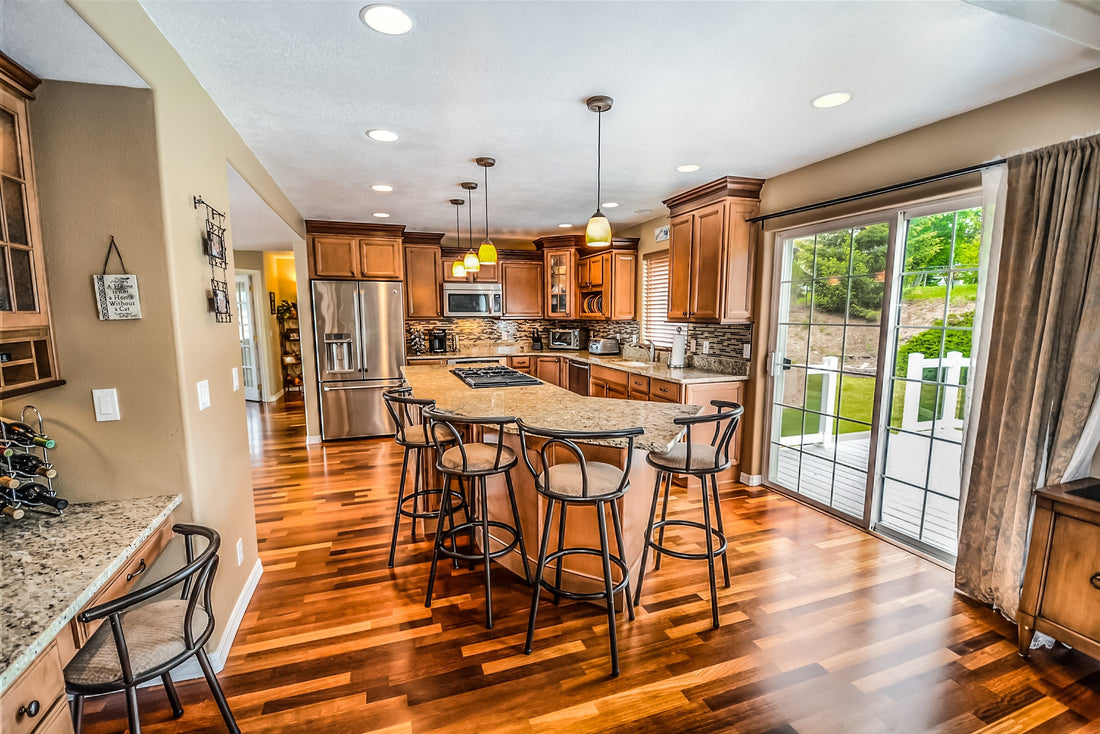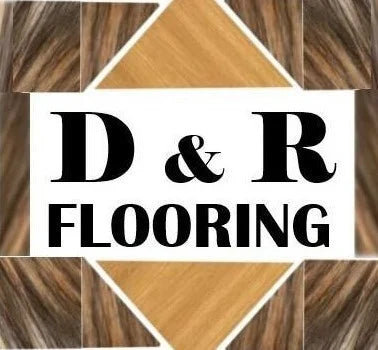
Exploring Eco-Friendly Flooring Solutions for a Sustainable Home
Share
In an era marked by increasing environmental consciousness and a growing commitment to sustainability, individuals are seeking innovative ways to reduce their carbon footprint and create environmentally-friendly living spaces. One crucial aspect of sustainable home design is flooring, as it plays a significant role in the overall environmental impact of a residence. Traditional flooring materials often involve the extraction of non-renewable resources, high energy consumption during manufacturing, and a lack of biodegradability. As a result, the demand for eco-friendly flooring solutions has surged, prompting the exploration of various alternatives that prioritize both aesthetics and environmental responsibility. This article delves into the world of sustainable flooring, highlighting a plethora of options that contribute to a greener and more sustainable home.
Bamboo Flooring: A Rapidly Renewable Resource
Bamboo, a fast-growing grass, has gained immense popularity as an eco-friendly flooring option. Unlike traditional hardwoods that can take decades to mature, bamboo reaches maturity in just a few years, making it a rapidly renewable resource. Its natural strength and durability rival many hardwoods, and it can be harvested without causing extensive environmental damage. Bamboo flooring comes in various styles, colors, and textures, providing homeowners with versatile design options that align with their aesthetic preferences.
Cork Flooring: A Resilient and Natural Choice
Cork flooring is another sustainable alternative that has gained traction in recent years. Harvested from the bark of cork oak trees, this material is renewable and biodegradable. The extraction process doesn't harm the trees, which continue to grow and absorb carbon dioxide. Cork flooring offers impressive insulation properties, reducing energy consumption by helping to maintain a comfortable indoor temperature. Its cushioned surface also provides a soft and comfortable feel underfoot, making it an excellent choice for areas where people stand for extended periods.
Reclaimed Wood: Salvaging Beauty
Reclaimed wood flooring adds character and history to a home while reducing the demand for new lumber. Salvaged from old barns, warehouses, and other structures, reclaimed wood lends a unique charm that simply cannot be replicated by newly manufactured materials. By repurposing wood that might otherwise go to waste, homeowners contribute to sustainable practices while enjoying the warmth and authenticity of aged wood.
Recycled Metal and Glass: Industrial Elegance
For those seeking a modern and industrial aesthetic, recycled metal and glass flooring can be intriguing options. Repurposed metal materials, such as steel or aluminum, can create a sleek and contemporary look. Similarly, glass tiles made from recycled glass contribute to resource conservation while adding a touch of elegance and luminosity to interior spaces.
Linoleum: Classic and Sustainable
Often mistaken for vinyl, linoleum is a distinct and environmentally-friendly flooring choice. Made from natural materials, including linseed oil, cork dust, and wood flour, linoleum is biodegradable and has minimal impact on the environment throughout its life cycle. Available in a wide range of colors and patterns, linoleum offers a classic yet versatile design option that suits various interior styles.
Concrete Flooring: Durability and Thermal Mass
Concrete flooring is renowned for its durability and ability to retain and radiate heat, a concept known as thermal mass. By absorbing heat during the day and releasing it at night, concrete floors contribute to energy efficiency and reduce reliance on heating and cooling systems. Additionally, concrete can be polished, stained, or stamped to create a variety of visually appealing finishes, making it a versatile and sustainable choice for modern homes.
Natural Stone: Timeless Elegance
Natural stone, such as granite, marble, and limestone, offers timeless elegance and durability. While the extraction process may have environmental implications, choosing locally sourced stone and opting for reclaimed or salvaged materials can mitigate these concerns. Natural stone flooring has a long lifespan and requires minimal maintenance, reducing the need for frequent replacements and minimizing its environmental impact.
Recycled Carpet Tiles: Creative Versatility

Carpet tiles made from recycled materials, such as plastic bottles, offer a creative and versatile flooring solution. These tiles are modular, allowing for easy replacement in high-traffic areas or in case of damage. The use of recycled materials diverts waste from landfills and reduces the demand for new resources. Moreover, carpet tiles come in a wide array of colors and patterns, enabling homeowners to express their creativity while promoting sustainability.
Conclusion
As the world shifts towards a more sustainable future, individuals are becoming increasingly mindful of their choices, including those related to home design and materials. Eco-friendly flooring solutions provide an opportunity to create a more sustainable and environmentally responsible living space without compromising on aesthetics or functionality. From rapidly renewable options like bamboo and cork to the classic elegance of natural stone and the creative versatility of recycled materials, homeowners have an array of choices to align their living spaces with their values. By exploring these sustainable flooring alternatives, individuals can contribute to a greener planet while enjoying the comfort and beauty of their homes.
